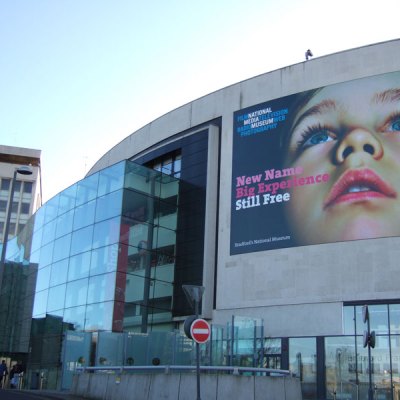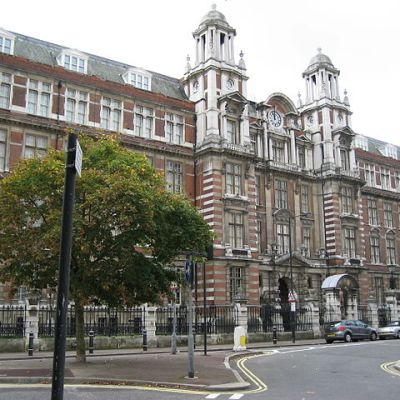Following the Chancellor’s Autumn Statement, The Guardian (25 November 2015) reported: ‘Arts leaders relieved at better than expected funding agreement’. But should we really be so sanguine? George Osborne, perhaps to the chagrin of the Treasury, is said to care for the arts, and this was a carrot offered against the backdrop of widespread, but promised Government cuts.
Local authorities, constantly struggling adequately to maintain statutory services – schools, social care, regular refuse collection, and street cleaning – are being forced to look at ‘soft targets’ as means of reducing their budgets. Against this background, Lancashire County Council announced, a few days before the Chancellor’s Autumn Statement, that unless private funding could be found by April 2016, the museum at the Judges’ Lodgings in Lancaster, would (along with four other institutions) be closed.
The history of civic museums in Britain has been told recently in Giles Waterfield’s The People’s Galleries: Art Museums and Exhibitions in Britain 1800–1914. And as we look to the future, it is worth bearing in mind Waterfield’s conclusion: ‘In many of the galleries considered…the idea of the family gallery that belongs to all and appeals to all regardless of social or educational background, has become dominant. This idea, or indeed ideal, has become the most important legacy left by the Victorian art museum: truly, a people’s gallery.’ As governments seek to improve educational standards and promote an understanding of history, these local ‘centres of excellence’ are there, ready to inspire.
The underfunding of local authority-run museums is not new, nor the absolute fault of any one particular government. Over the decades these sources of civic pride, often with collections of national and sometimes international significance, have suffered from an ever smaller number of expert staff, dwindling (or non-existent) exhibition programmes, and lack of career opportunities, leading to basement-level morale.
At the time of the Local Government Act (1972), introduced by the Heath Government, the Lancashire County Museum Service was established. It brought together a team whose aim was to collect material specifically relating to all aspects of the history of Lancashire. The Judges’ Lodgings, a historic town house, was converted into a museum in 1975. Under the thoughtful and diligent curatorship of individuals such as Stephen Sartin, the museum has become the internationally renowned repository for furniture made by the famous cabinet-making firm of Gillows of Lancaster, and other works associated with this ‘northern powerhouse’ firm, which was founded in around 1730.
The collection has been formed with support from the Council, the Heritage Lottery Fund, the Art Fund, and the V&A Purchase Grant Fund, as well as private donations and gifts. A highlight at the Judges’ Lodgings is the Denton Hall library table, made by Gillows after a design published by Thomas Chippendale; this was acquired with funding from multiple sources, following a temporary export bar in 1994. More recently the Rawlinson bookcase was acquired under similar circumstances. The collection covers the long history of Gillows. Thus the museum houses outstanding examples of 19th-century design by Bruce James Talbert, Charles Bevan, and others associated with this comprehensive manufacturing firm, one that was a distinguished representative of Great Britain at the World’s Fairs from 1851 onwards. The Judges’ Lodgings is also the repository of paintings and other works of art of local interest.
As is now well known, unless a solution can be tabled before the beginning of April, the Council will, in what can surely be recognised as an act of desperation, close the museum, and the small remaining staff will be made redundant. The Council’s position, over which one needs to have the utmost sympathy, is clear. It needs to save £65m over the next two years, and by 2020/21 predicts a shortfall of £262m.
Leaving aside short-term expediency and the cost of making the closure, surely the Council’s proposal raises issues of propriety with regard to organisations and individuals who have contributed time, money, and gifts in support of this renowned institution? Now is not the time to criticise what, to readers of Apollo, will seem a wrong-headed plan. Rather, the question needs to be urgently raised of how a better solution can be found.
There needs to be a stay of execution (if necessary with a special Exchequer grant) to prevent the Gillows collection being mothballed. But longer term, a measured, national review into the future of local authority museums is needed. Could trusts, perhaps as public/private partnerships, be created and funded to preserve, in perpetuity, these places of local and national pride for future generations?
Otherwise, whatever next? Will Brighton & Hove City Council be driven to divest itself of the Royal Pavilion?



